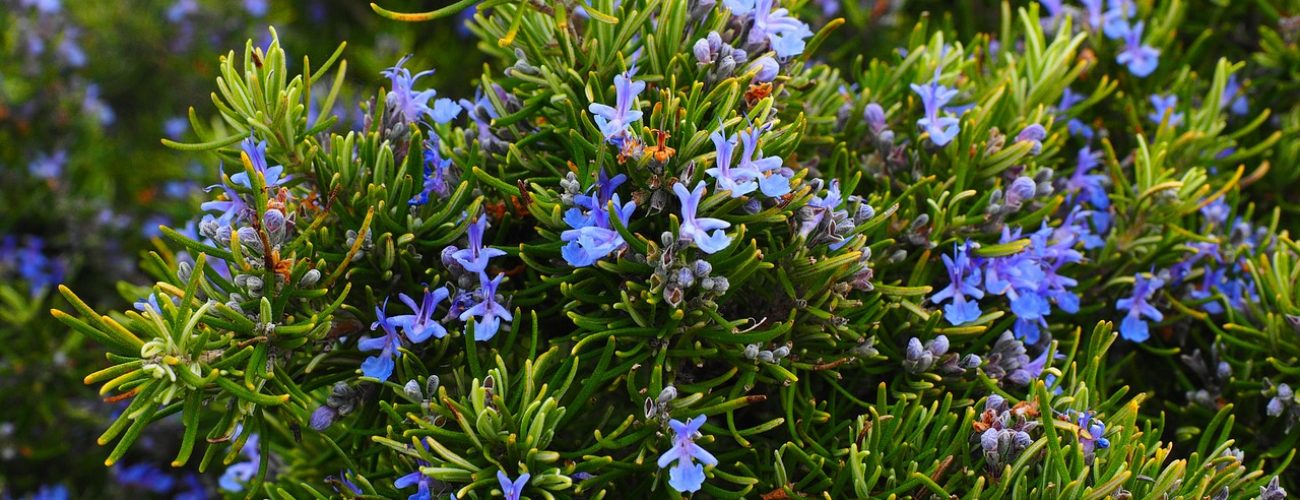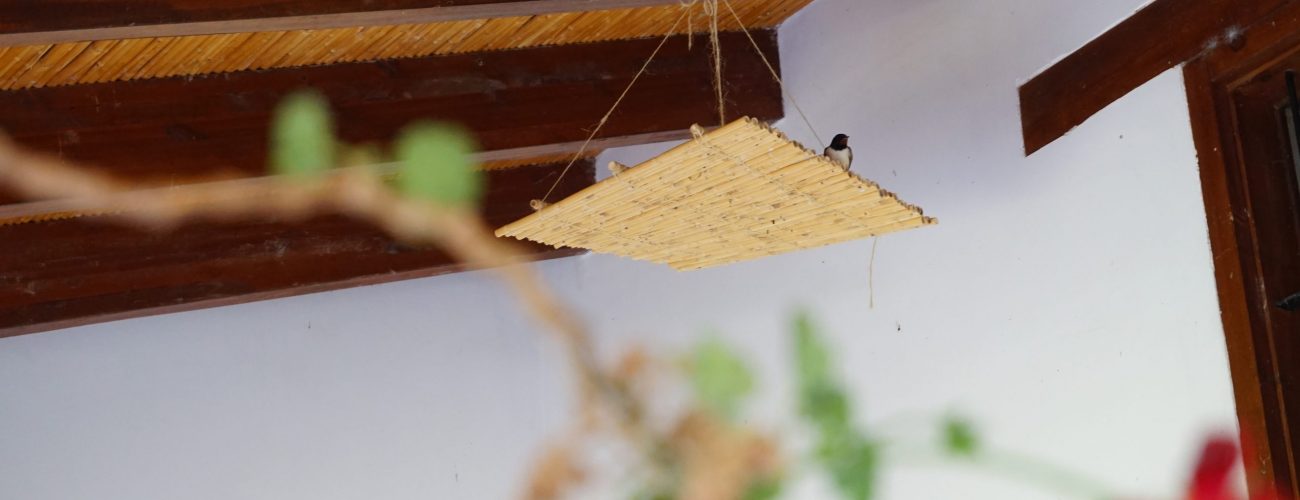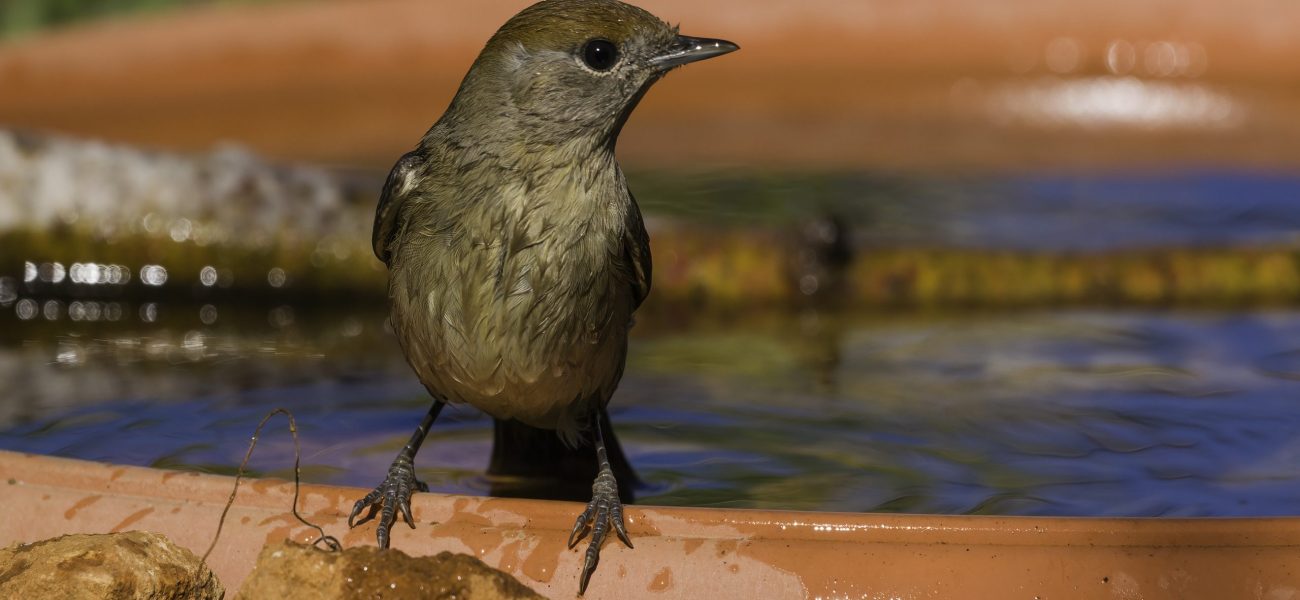As open, green spaces in cities are being swallowed up by new buildings, and as habitats are lost or degraded in the countryside (especially due to over-farming) gardens and backyards can be a small, but valuable to birds’ survival, oasis. If you want to transform your home into a haven for garden birds, have a look at the following advice.
Plant trees and bushes

Creating micro-habitats in gardens, especially in cities, can help birds meet their needs and thus survive. A tree can be used by a bird in numerous ways: to find food, to rest, to roost, to hide from predators and to build its nest and raise a family.
Plant fruiting trees and bushes to attract insects (for insectivorous birds) and plants that produce good seed crops for feathered seed eaters. A good addition to your garden could be olive trees, almond trees and mulberry trees. Shrubs such as myrtle, terebinth and mastic tree and herbs such as lavender, sage, rosemary and oregano, will attract insects and therefore birds.
In any case, choose native and not alien or alien invasive species. Native plants have adapted to the climate of Cyprus and have better chance at survival. Furthermore, native plants support birds and the rest of wildlife, which are dependent on them to survive. By creating a native garden, you increase the chances of attracting feathered visitors. The next step is learning to identify them – if you haven’t done so already!
Let your garden go wild

‘Never do tomorrow what you can do today’ is a very common saying. A wise one even that urges us to put our time to good use. But when it comes to the pruning of trees and shrubs, sometimes, procrastination can be beneficial, for birds at least…
The breeding period for birds in Cyprus begins in February and lasts until end of August. During this time, avoid pruning trees and bushes, as it is very likely that songbirds have built their nests among the branches. If you go a step further and use pruning machines, you may scare off birds that nest in nearby trees. Thick shrubs also provide shelter to birds from predators such as cats.
Instead, it’s preferable to prune trees in the autumn months. If you can’t avoid pruning during the breeding period, make sure that there are no active nests on the tree before you proceed. If you see any active nests (with eggs or chicks inside or being used by parents), wait 2-3 weeks before you prune the tree, to give the chicks the chance to grow up and leave the nest.
Leaving some weedy areas in your garden can also make a big difference for wildlife. So don’t be strict with your weeding efforts!
Learning to live with a Barn Swallow family

As you enjoy a cup of coffee on the balcony you’ve just cleaned, a bird dropping falls onto the floor. Barn Swallows are nesting once again in your house. Before you think of alternative ways to use the broom, namely, to destroy the nest (which is illegal, by the way), take a minute to consider that these Barn Swallows found their way to your house travelling thousands of kilometers from Africa, crossing many countries, and flying above the Mediterranean Sea. Who knows, they could be the same birds that nested there last year!
There are simple ways to keep the nest in its place and your balcony sparkling clean. You can place newspapers below the nest, so that the droppings will fall onto the newspaper. You may want to regularly replace the newspapers with new ones. Another solution would be to put a platform made from wood or reeds under the nest to collect the droppings. Barn Swallows will thank you with their cheerful song, one of the most characteristic sounds of spring.
Μake a nest box

Some bird species don’t make their own nests, but prefer to lay their eggs inside the hollows of trees or buildings. Among these feathered hole-nesters are the Great Tits, the Cyprus Wheatears, the Swifts and the Kestrels. Putting up a wooden nest box in your garden will make life for those birds easier, as they will have more options on where to nest. You can even install a camera inside the nest box, connect it to your smartphone and watch the feathered family as it grows, live.
Depending on the bird species you want to attract, there are many designs and sizes of nest box. If you fancy a nest box in your garden, see how you can make one here. If the birds don’t use the nest box immediately, don’t be discouraged! Be patient and it won’t be long before the birds will also call your place their ‘home’!
Provide water

Can you imagine not drinking water during a hot, summer day? Birds also need water to drink and to have a bath. Most songbirds need to drink water about twice a day, to replace the water they lose through respiration and in their droppings. Water is even more valuable for the birds that eat seeds. A seed-based diet is mostly dry and doesn’t provide water the same way an insect-based diet may do. Water is important not only for hydration, it also helps birds keep their feathers clean and free of parasites and dirt.
A bird bath in your garden is a simple solution to help birds easily have access to water. There are plenty of ready-made baths in the market, but you can also make your own. All you need is a shallow plastic or metal tray or a terracotta plant pot. Fill it with fresh water (2-3 cm in depth) and place small stones in the basin, which will help birds not to slip.
It’s preferable to place the bath above ground level (e.g., on a table or on a pile of stones) and at an open spot where birds can see predators approaching, but also with access to a nearby bush to take cover in. Birds will use the bird bath only if they feel safe. Furthermore, prefer a cool, shady spot to keep the water cooler and the evaporation rate lower.
It’s important to keep the water in the bird bath fresh and clean from dirt for birds to keep using it, but also to prevent unwanted insects from breeding, such as mosquitos. An easy way not to forget to top up the bird bath with fresh water is to include this duty in your daily gardening routine.
Information for writing this article was obtained from the RSPB (BirdLife in the UK) and the Hellenic Ornithological Society (HOS).




